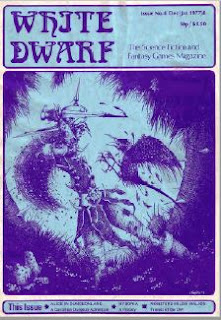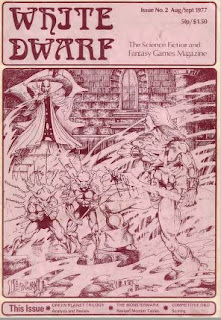Fiend Factory 5E: Issue 5 The Bogy

Issue 5: The Bogy White Dwarf issue 5 includes part 2 of Don Turnbull’s “ Monsters Mild and Malign ” article, which picks some of his favourite creatures published in the earlier magazines Dungeoneer (edited by Paul Jaquays) and Alarums and Excursions (edited by Lee Gold). Rather charmingly, Don assumes that the reader has already read these publications, which sort of suggests a kind of small-group cosy hobbyist feel to the early days of D&D. Also of note, is that Don doesn’t really give much detail on each of the monsters, certainly not always enough to be useful in play. Well, either that, or these early monsters were little more than armour class, hit points and damage. First up are the Fuzzy and the Steely , which are billed as being alternative beholders, but what they are, in effect, are globes with eye-stalks/tentacles that make attacks. The Fuzzy, for example, has three tentacles that can reach 10 feet and deliver a paralysing sting attack. The Steely is similar, b


